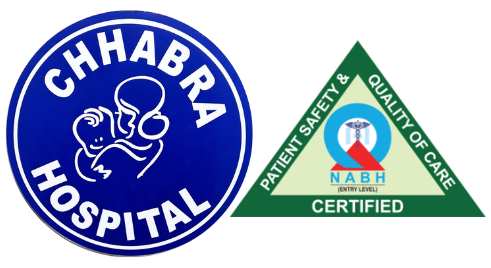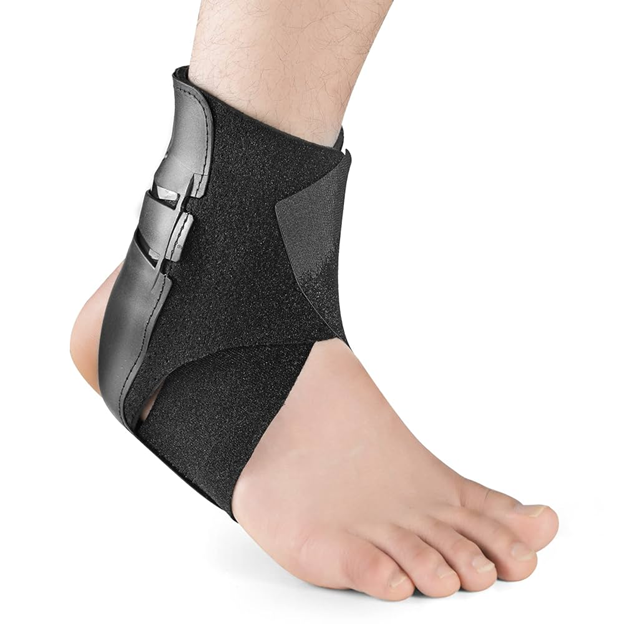An ankle sprain is a common injury that can significantly affect day-to-day life. People often underestimate these injuries, which can lead to further issues. Understanding, preventing, and taking proper care of a sprained ankle is crucial. In this blog, we’ll explore ankle sprain specifics and the pitfalls people encounter, aiming to help you avoid them.
Understanding and Identifying Ankle Sprains
An ankle sprain occurs when the ligaments that support the ankle stretch or tear. This often happens during activities that involve planting the foot awkwardly, twisting the ankle, or landing on an uneven surface. Typical causes include sudden twists, sports activities, and falls. Risk factors range from improper footwear and previous injuries to a lack of flexibility.
Common symptoms include pain, swelling, and bruising. You may find it difficult to move the ankle or walk. If you experience severe symptoms like intense pain or inability to bear weight, the injury’s severity may be higher. Knowing these signs can help you identify and assess the condition effectively, ensuring timely and appropriate action.
Avoiding Common Mistakes Post-Ankle Sprain
One major mistake is thinking an ankle sprain is not serious and neglecting it. This can exacerbate the injury. Seeking prompt medical evaluation is important, as it ensures proper diagnosis and treatment.
Another pitfall is rushing back to normal activity without adequate rest. Jumping the gun can prolong recovery and worsen pain. Self-treatment methods like using unsupervised remedies can lead to improper healing. Following professional advice is key to ensuring a full recovery.
Effective Prevention Strategies for Ankle Sprains
Prevention is always better. Here are some effective ways to prevent ankle sprains:
- Choose supportive footwear: Shoes with good grip and ankle support reduce the chance of injury.
- Strengthen ankle muscles: Simple exercises like standing on one leg can improve balance and strength.
- Practice safe movement: Be mindful of your movements, especially when walking on uneven surfaces.
- Maintain a healthy lifestyle: A balanced diet and regular exercise keep your muscles fit and ready.
Adopting these habits can greatly decrease your chances of experiencing an ankle sprain.
Immediate Actions and Rehabilitation Tips for Sprains
If you suspect an ankle sprain, follow these steps:
- Rest the ankle and avoid putting weight on it.
- Apply ice packs to reduce swelling.
- Compress the area with a bandage.
- Elevate the foot to minimize swelling.
Knowing when to see a doctor is crucial. If the swelling doesn’t reduce, or the pain worsens, seek professional help. Once the initial pain subsides, a well-structured rehabilitation plan is vital. This often includes exercises to restore movement and strength, ensuring recovery and preventing future injuries.
Expert Care and Professional Help: Why Chhabra Hospitals?
Chhabra Hospitals offer outstanding facilities and expert care for ankle sprain treatment. With knowledgeable staff and state-of-the-art technology, they provide a comprehensive approach to injury management. From immediate diagnosis to ongoing rehabilitation, their methods are thorough and precise.
Professional guidance paves the way for a smoother recovery process. The dedicated team at Chhabra Hospitals focuses on personalized care, enhancing treatment effectiveness and comforting concerned patients. With an array of resources and compassionate service, they are a reliable choice for managing ankle sprains. Choose Chhabra Hospitals for trusted and capable care.

